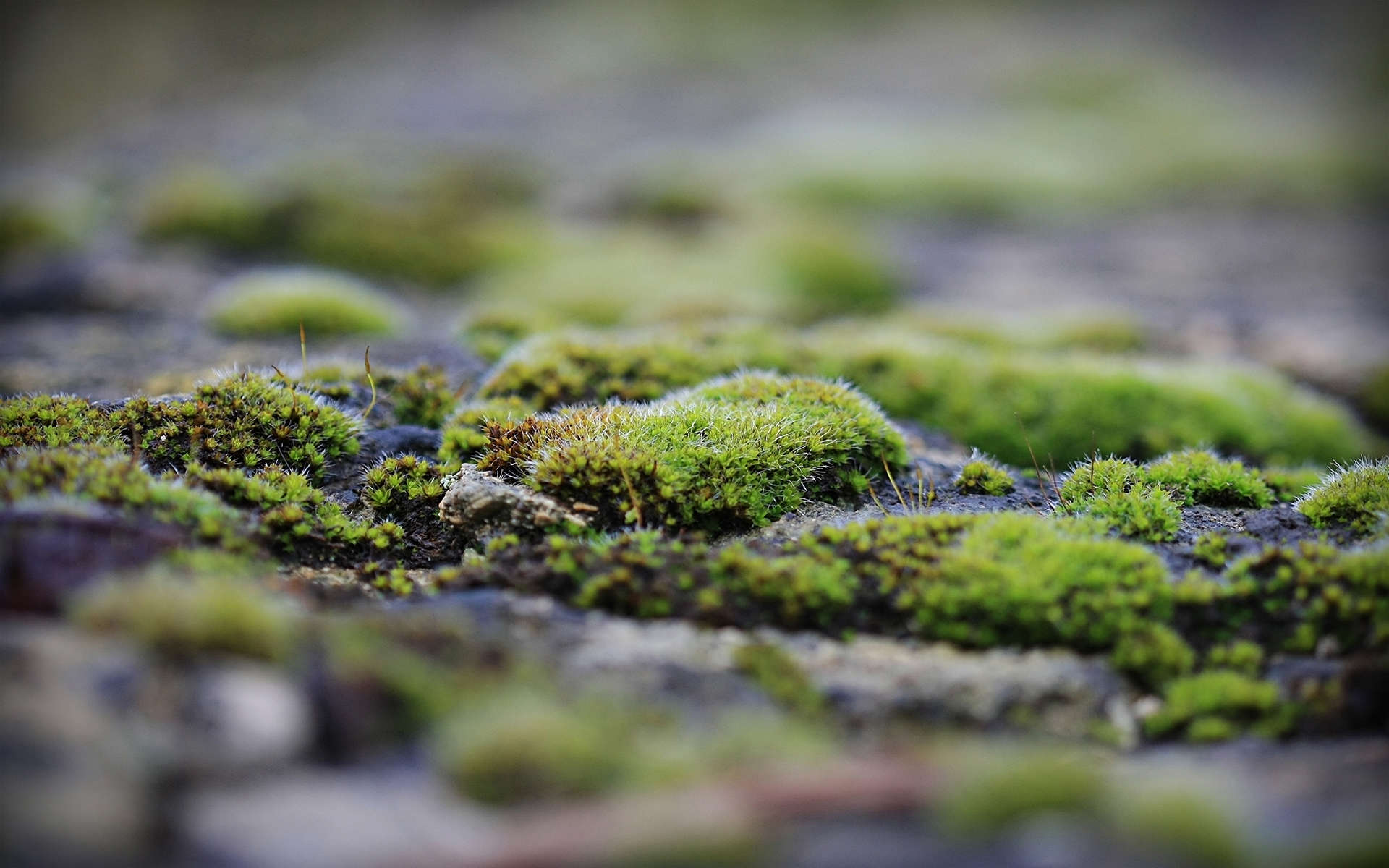Why plaque appears on flower pots and how to deal with it
The problem of whitened soil in flowerpots with ornamental plants has been known for a long time and has been fairly well studied. If a novice amateur gardener, due to a misunderstanding of the reasons why plaque appears on the pots of indoor plants, does not find reasons for alarm, then his more experienced colleague regards this as a signal for immediate action.

- Why is the soil in the pot covered with a white coating?
- White bloom on flowers of indoor plants and soil: types of mold
- How to get rid of white bloom on indoor flowers?
- White bloom on the ground: disinfection and decontamination
- Popular folk remedies
- White plaque on the ground: prevention and prevention
- Video: how to get rid of white bloom in pots
Why is the soil in the pot covered with a white coating?
In most cases, the initial formation of whitish deposits on the soil is a sign of improper care or, less often, a consequence of fungal infection. As a result, salt deposits appear on the surface or mold begins to grow.

Substrate type
Ornamental plants should not be planted in the first available soil. Often a white bloom on the flowers of indoor varieties appears only due to the fact that the purchased substrate was intended for seedlings and is saturated with mineral fertilizers, while the plant is already an adult specimen that does not need intensive feeding.

In addition, the very nature and composition of the soil can lead to the described effect. "Heavy" soil is characterized by high density and promotes rapid evaporation of moisture due to the formation of capillaries. Salting can also occur due to the deterioration of the quality of the growing environment itself.
Care and watering regime
Excessive moisture, as well as its lack, is often the reason that white bloom appears on the ground in flowerpots.

Also, the following negative factors can lead to its occurrence:
- Failure to comply with the temperature regime.
- Excessive humidity in the room
- Overfeeding (a clear surplus of mineral fertilizers).
- Using water that is too hard.
Wrong pot
Failure to follow care recommendations, novice florists often understand as poor lighting or errors in watering mode.

Few people think that such an unobvious thing as the discrepancy between the volume of a flower pot and the size of the root system can cause similar problems: a tiny plant in a large space cannot cope with the "development" of such an area.

As a result - the appearance of white soil and questions: "Why does plaque appear on flower pots and how to deal with it?"
Additional Information. Very often the formation of plaque occurs due to lack of or poor drainage, as well as if water constantly accumulates in the stand.
Fungus infection
The mealy, fluffy or pronounced feathery nature of the deposits, often accompanied by an unpleasant putrefactive odor, is a clear sign of the presence of fungus in the soil.

The reason for this can be both excess moisture and poor-quality soil. Usually, this mold is not terrible for plants that have gone through a period of rapid growth. However, this does not mean that nothing should be done. There are types of fungi that can be dangerous to humans.
White bloom on flowers of indoor plants and soil: types of mold
In fact, there are slightly more fungi that infect the soil than is commonly believed, and not all of them are harmless to humans. Some of the most common types of mold found in home greenhouses include:
Mukor
"Classic" look. It is he who most often appears in flower pots. It affects the upper layers of the soil. May cause an allergic reaction. In more severe cases, it leads to mucormycosis.

Blue
Fungal plaque is bluish in color. Getting inside the plant, it destroys the very structure of the wood. The striking effect appears very quickly.
Actinomycetes
Bacteria that can be found in any soil. Due to their ability to form the so-called branching mycelium, similar to a white bloom on the ground, they are simultaneously referred to as fungi.
They are raw materials for the production of antibiotics, but they can cause some diseases.
Black mold
In fact, it comes in a variety of shades, from light gray to bluish black. A very dangerous species. Can cause severe respiratory illness in humans. It is extremely difficult to deduce.

There are known cases of the appearance of fungal formations and yellow, and with a pronounced green tint.
How to get rid of white bloom on indoor flowers?
If mold appears, the best solution is to transplant the flower. However, it is not always possible to carry out this procedure immediately.

In this case, it is recommended to do the following:
- Remove the top layer of soil (two, two and a half centimeters) to exclude contact of the fungus with the root system.
- Change the method and mode of watering. At a minimum, excessive soil moisture should be avoided.
- If the soil is heavy, dense, it must be carefully loosened. This will help remove excess moisture and normalize gas exchange in the soil.
- Adjust the room temperature balance and humidity level.
If such methods cannot remove white plaque on the flowers of indoor flowerpots, then it is necessary to use disinfectants, as well as disinfect the soil.

As a last resort, the last resort remains - to transplant the flower to another place.
Transplant as a method of struggle
If a plant is transplanted as a result of the appearance of a fungus, everything will have to be changed: both the pot and the substrate. In this case, the soil must be decontaminated, even if it is just purchased. The fact is that fungal spores may still be present in the soil from the store, in addition, the plant itself is often a source of the spread of mold. It is also necessary to disinfect the pot itself.

As an additional measure, you can add a little crushed charcoal to the soil to remove excess moisture. Sometimes a thin layer of quartz sand poured onto loosened soil gives a good effect.
Important! Re-use of plastic pots from infected plants is strictly not allowed!
Mold control products
As a rule, in the fight against fungal diseases, special preparations are used to protect plants - fungicides.Many of them can be used for both treatment and prevention.

The most common is "Fundazol" or its analogues: "Topaz", "Skor", "Vitaros" - only 2 grams of the drug are needed per liter of water. However, it is very toxic (you must be extremely careful when using it and work in protective equipment)!

Therefore, as an alternative, some gardeners choose phytospirin or even metronidazole (a tablet per liter of water) for bactericidal treatment.
Note! Fungicides should only be used as a last resort. Try more gentle remedies first.
White bloom on the ground: disinfection and decontamination
Unfortunately, most types of mold are not easy to remove. Most of the recommendations on this issue are reduced to replacing the soil and planting container. Moreover, a prerequisite is their high-quality disinfection. This requirement is due to the fact that the spores of some fungi are extremely tenacious.

Calcination is considered the best way - the ground or substrate is subjected to prolonged temperature heating (more than 90 degrees) for half an hour. You can use an oven or oven for this.

An alternative is steaming - you need to pour a little water into the pan, and cover the top with gauze or a thin cloth. Prepared soil is poured onto the fabric and covered with a lid, after which the water should boil. Then you need to boil everything for at least 25-30 minutes, but it is advisable to hold the soil longer, so that later again you will not be surprised why plaque appears on the pots of indoor plants!

Popular folk remedies
If the mold has appeared recently and the lesion is small, you can do without strong chemicals. So, for soil treatment, flower growers use a weak solution of citric acid: 2-3 grams per glass or just lemon juice (squeeze a lemon into a cup of water). You need to water the plant no more than twice a month. This tool is suitable for flowers that can grow on acidic soil.
Sometimes ordinary garlic is used for disinfection. To do this, several cloves are buried near the plant or an infusion is made. When watering, garlic saturates the soil with phytoncides, which inhibit the development of pathogenic bacteria.

The addition of wood ash to the soil, treatment with potassium permanganate, spraying with a solution of dry mustard also has a positive effect.
White plaque on the ground: prevention and prevention
Prevention is always cheaper than cure.

This ancient wisdom applies to indoor plants as well. The main activities include:
- Systematic soil loosening.
- Correct pot size and drainage.
- Providing a favorable temperature regime and lighting.
- Competent and timely feeding.
- Using the substrate that is most suitable for a particular plant.
- Regular watering.

Understanding the root causes of soil discoloration or the formation of powdery foci on the ground is just one aspect in solving the problems of home gardening. Sometimes it is simply impossible to determine why plaque appears on the pots of indoor plants, since the creation of favorable conditions for growth cannot obey strict regulations alone.

Thinking, trying, experimenting is the only recipe for all occasions.
Video: how to get rid of white bloom in pots









